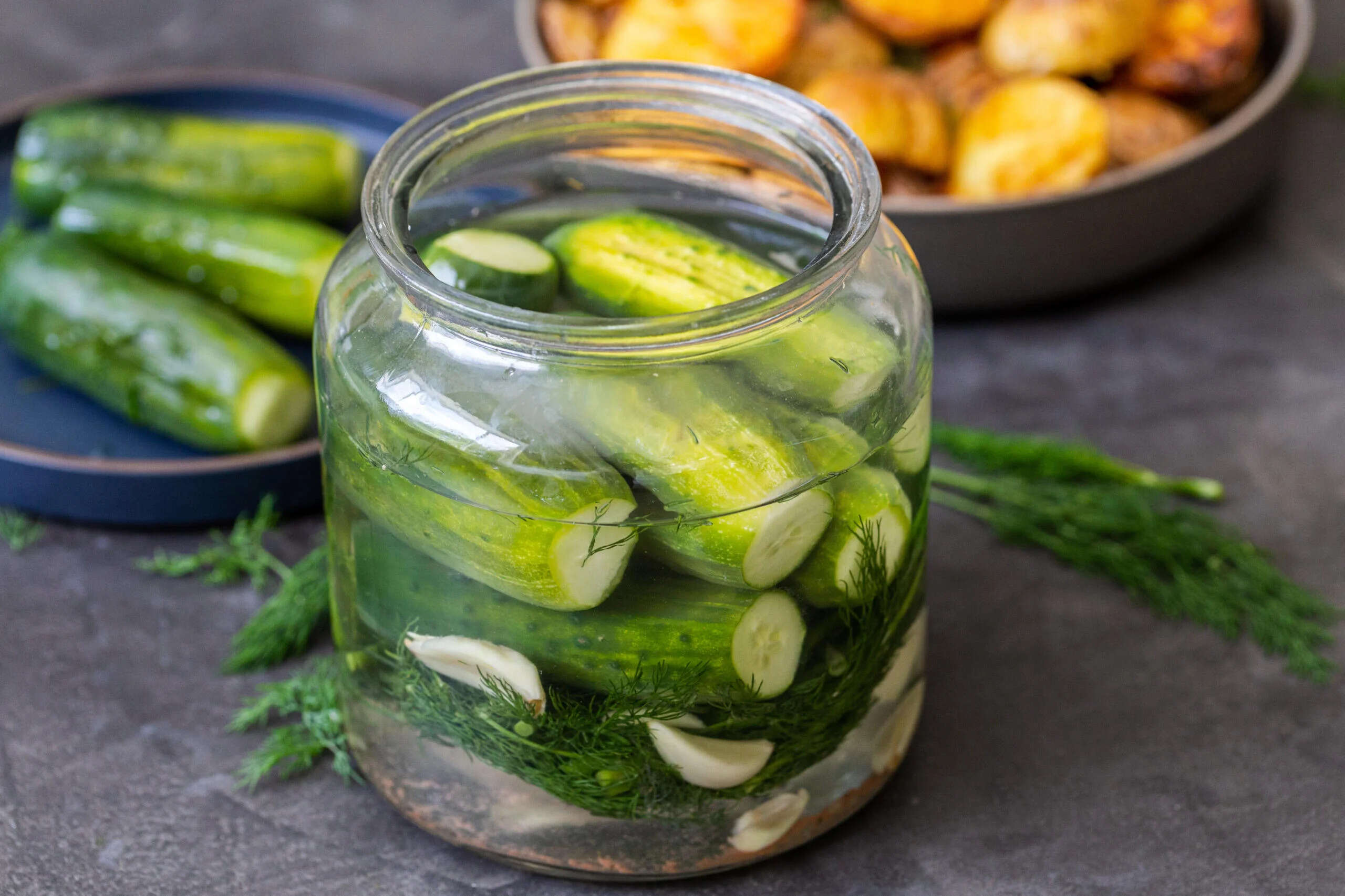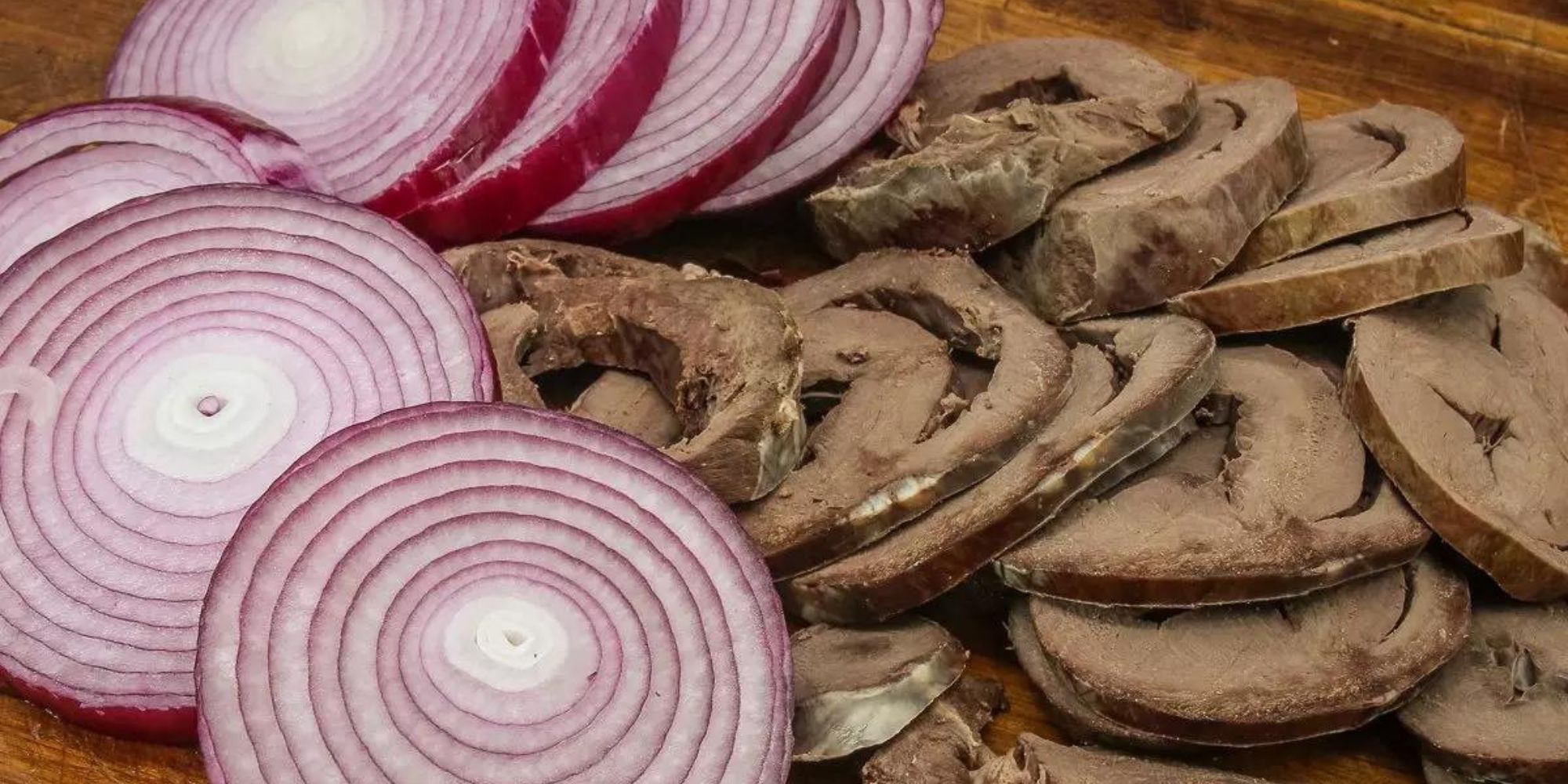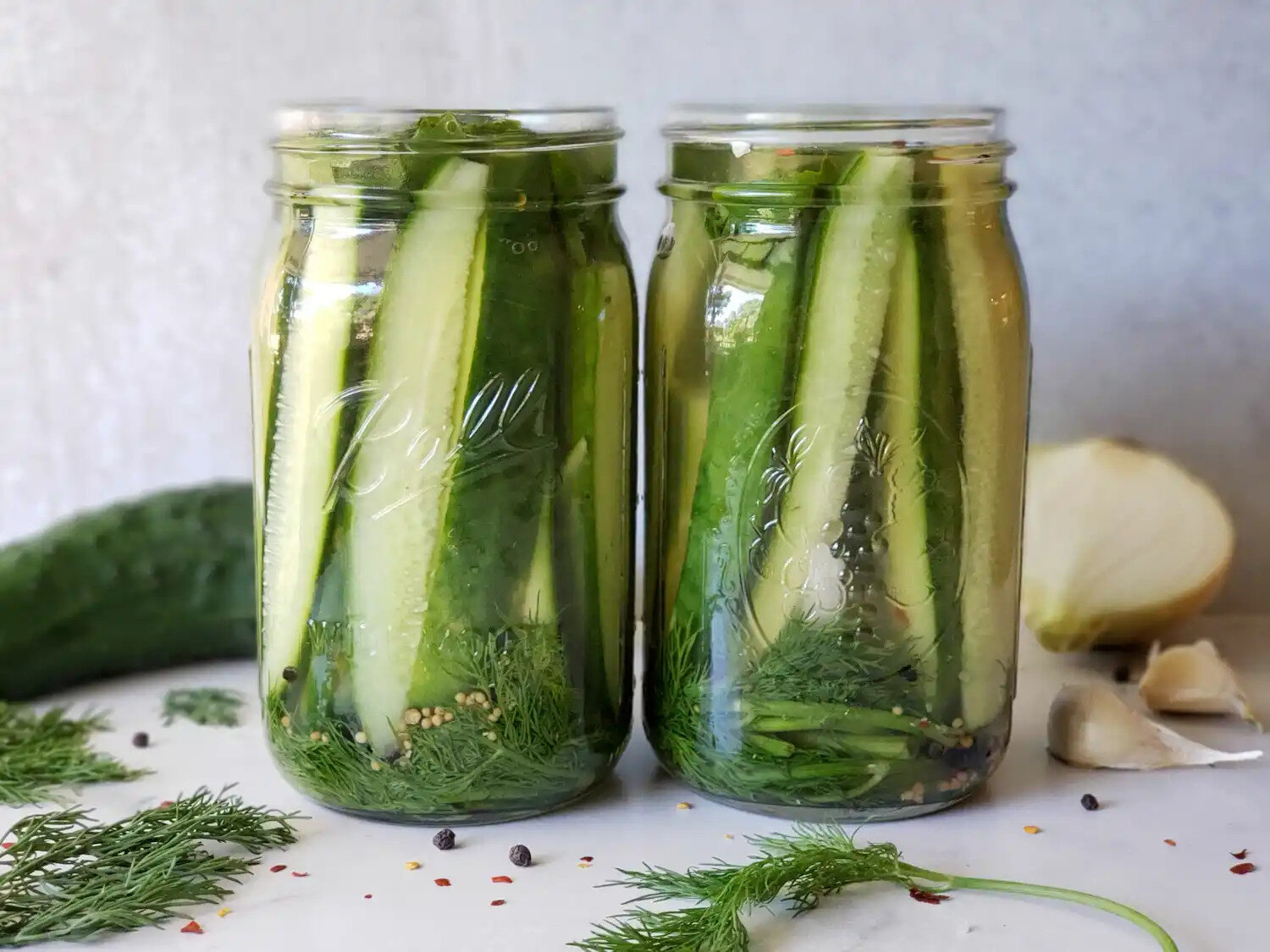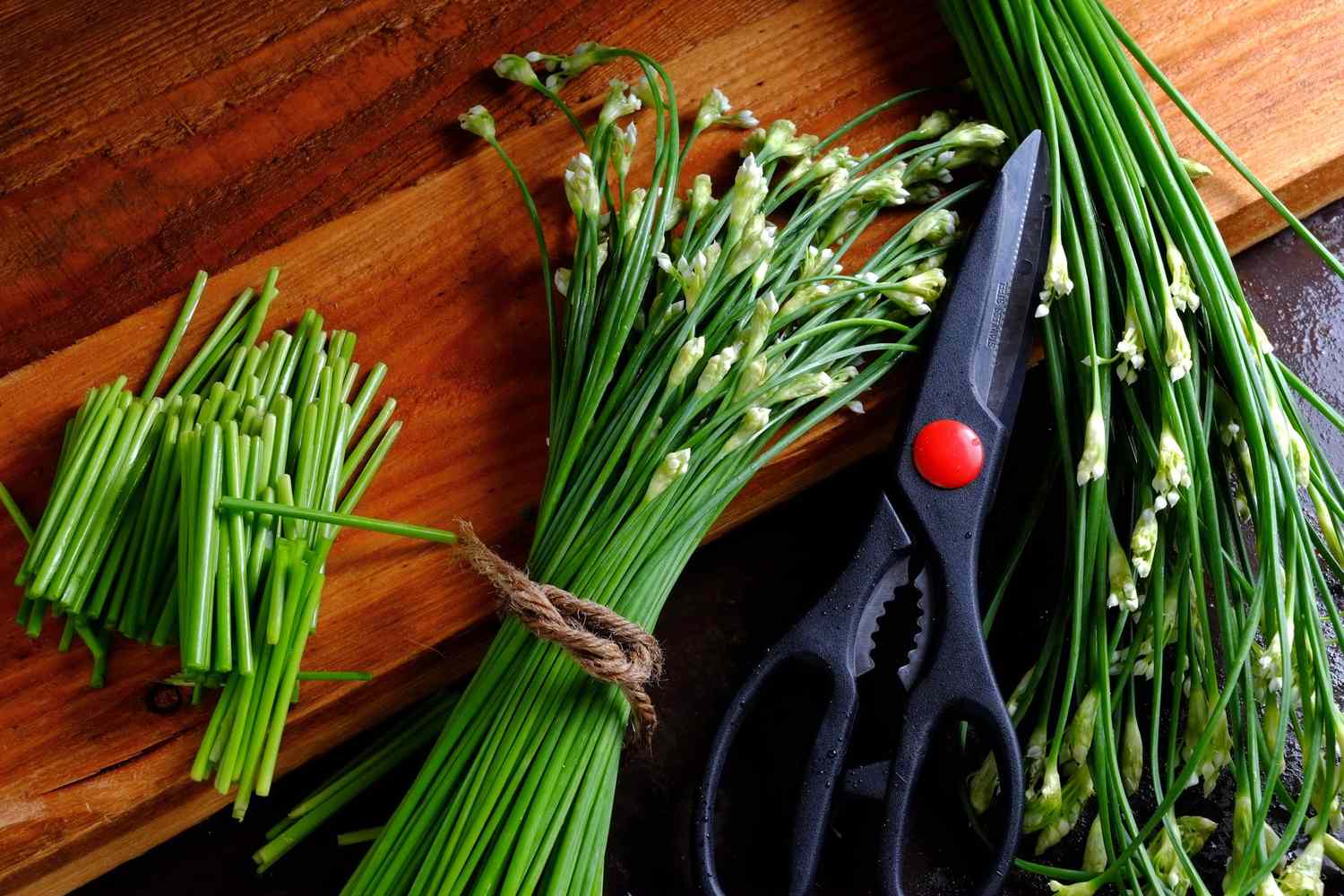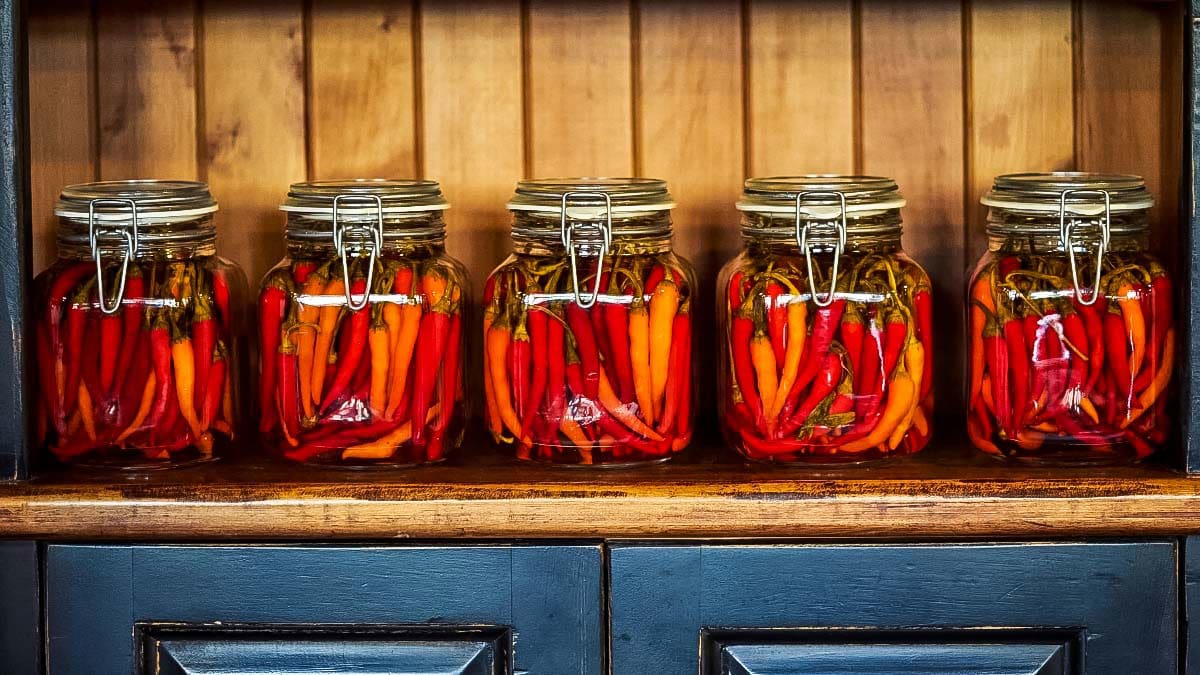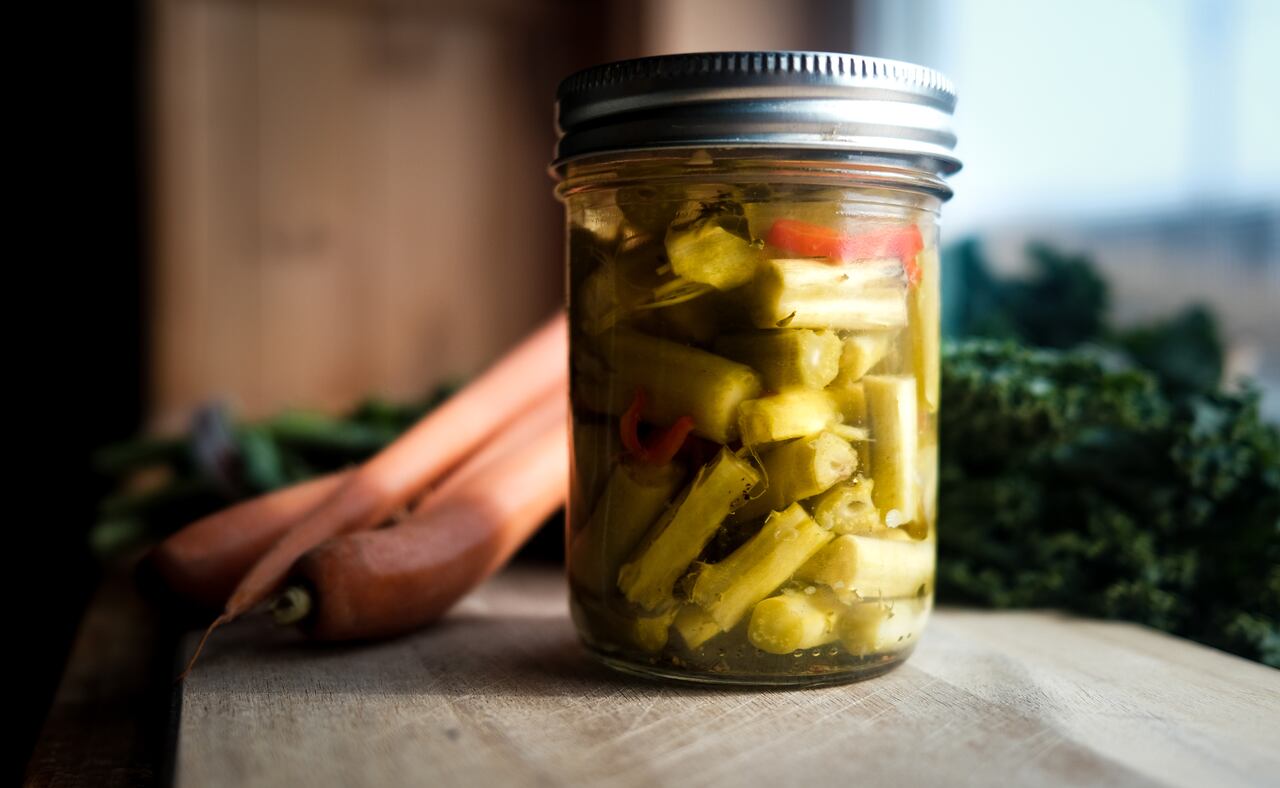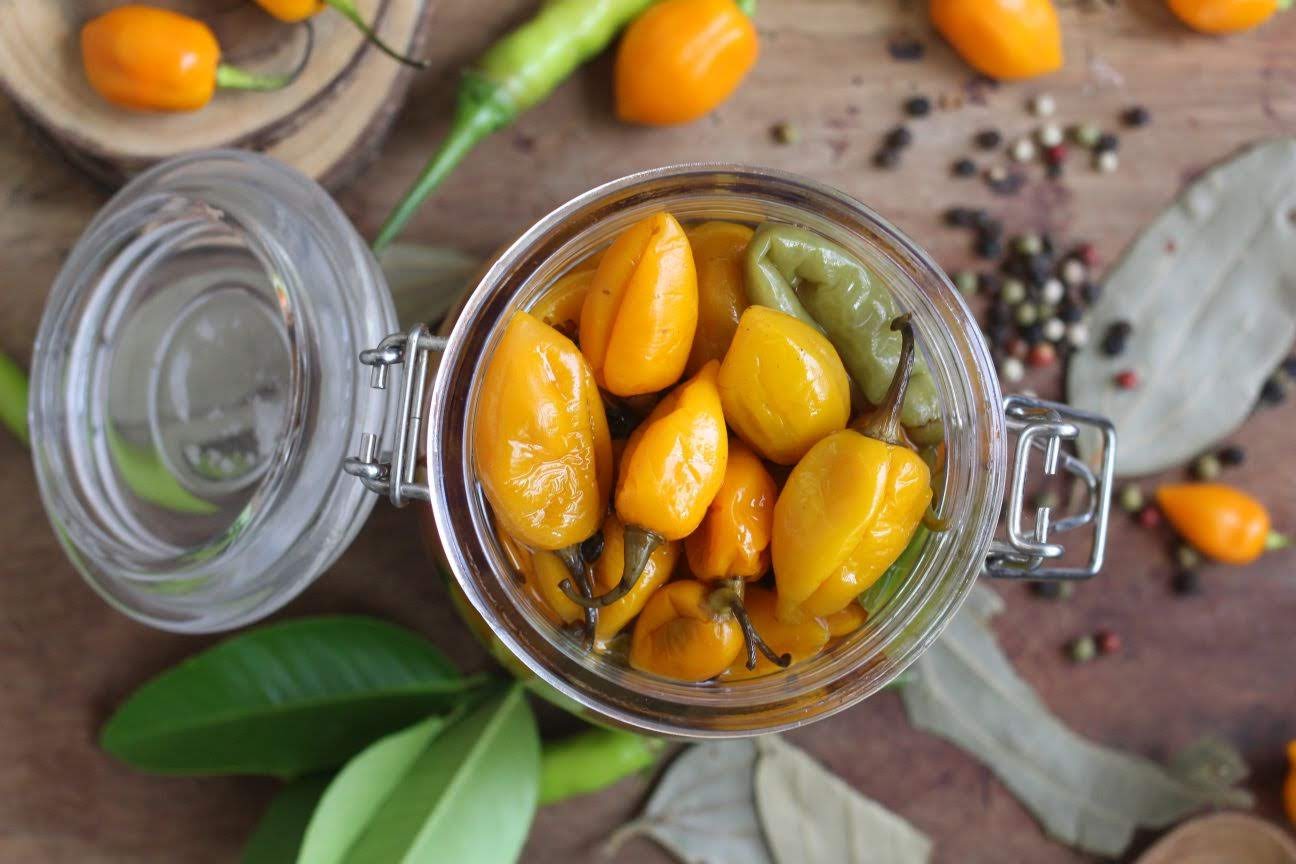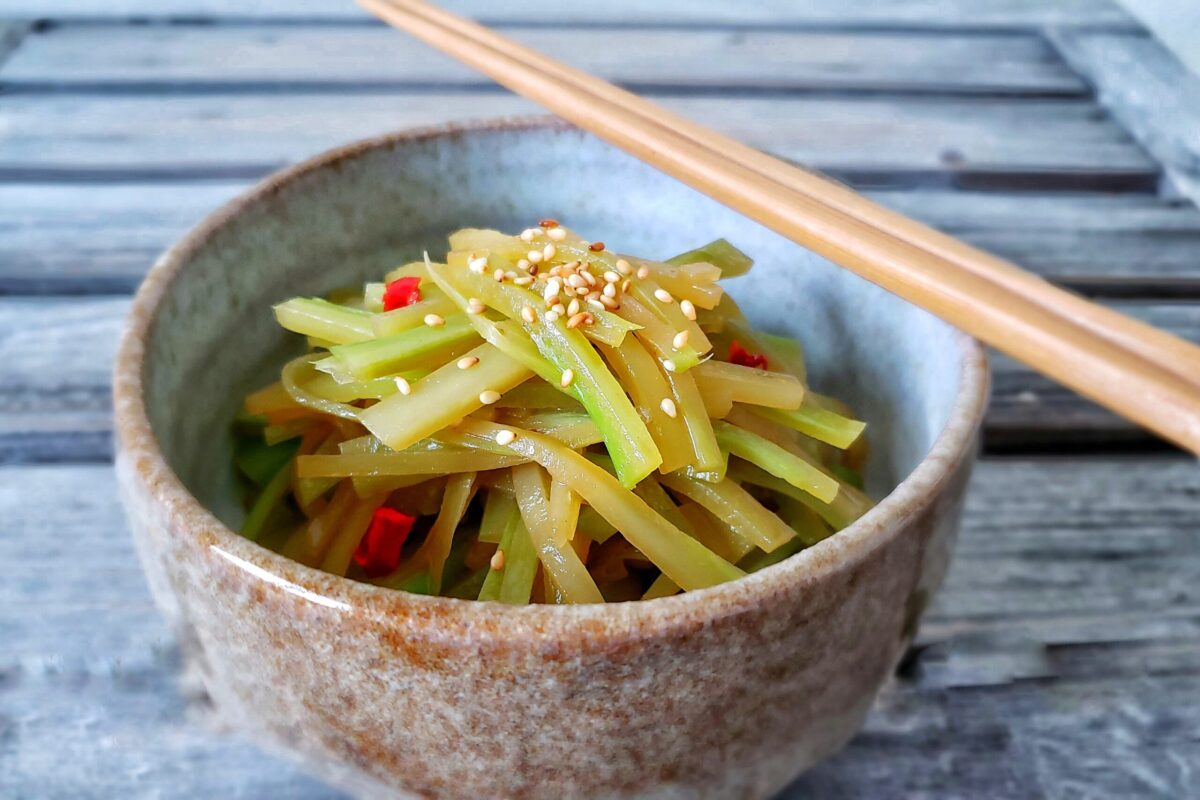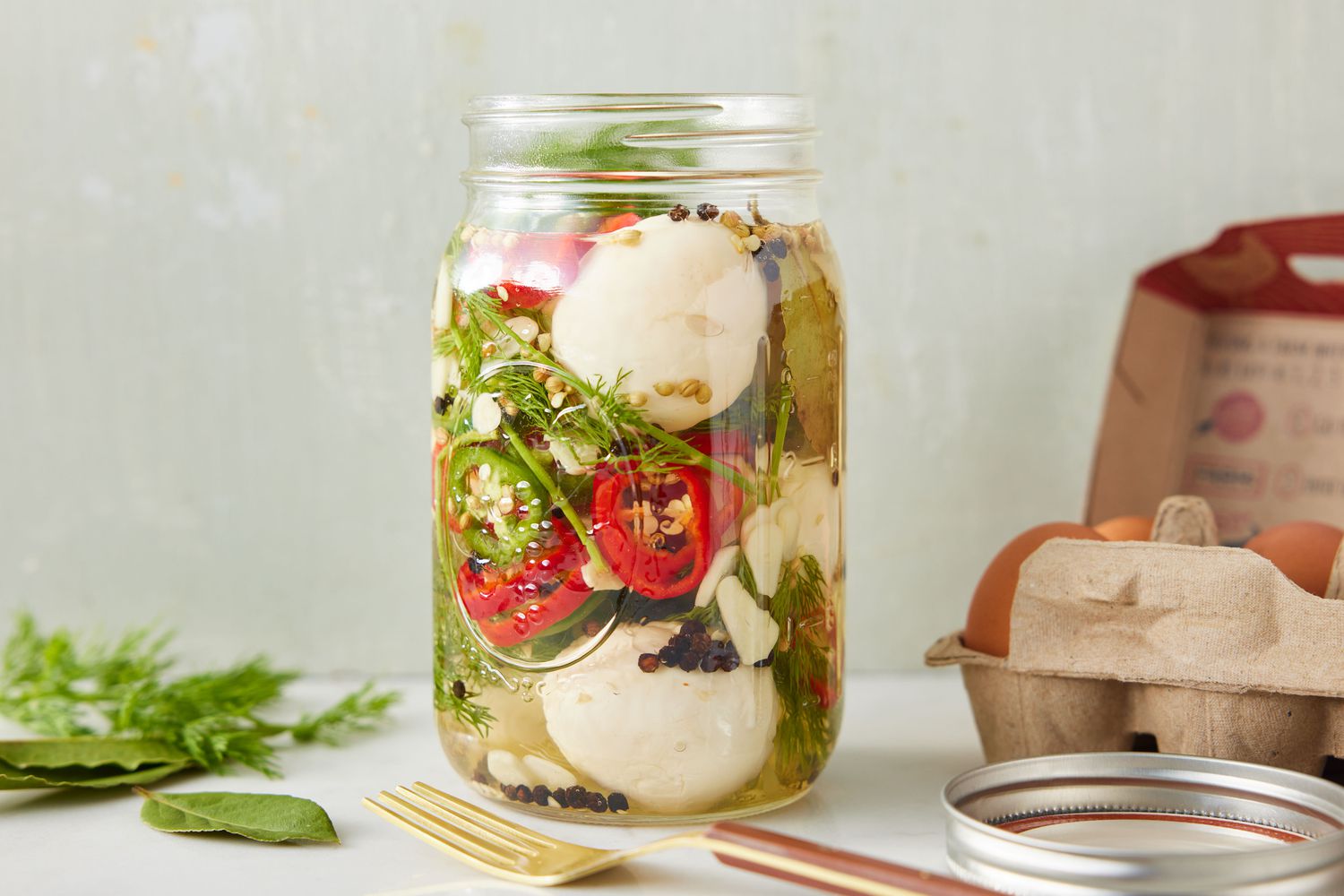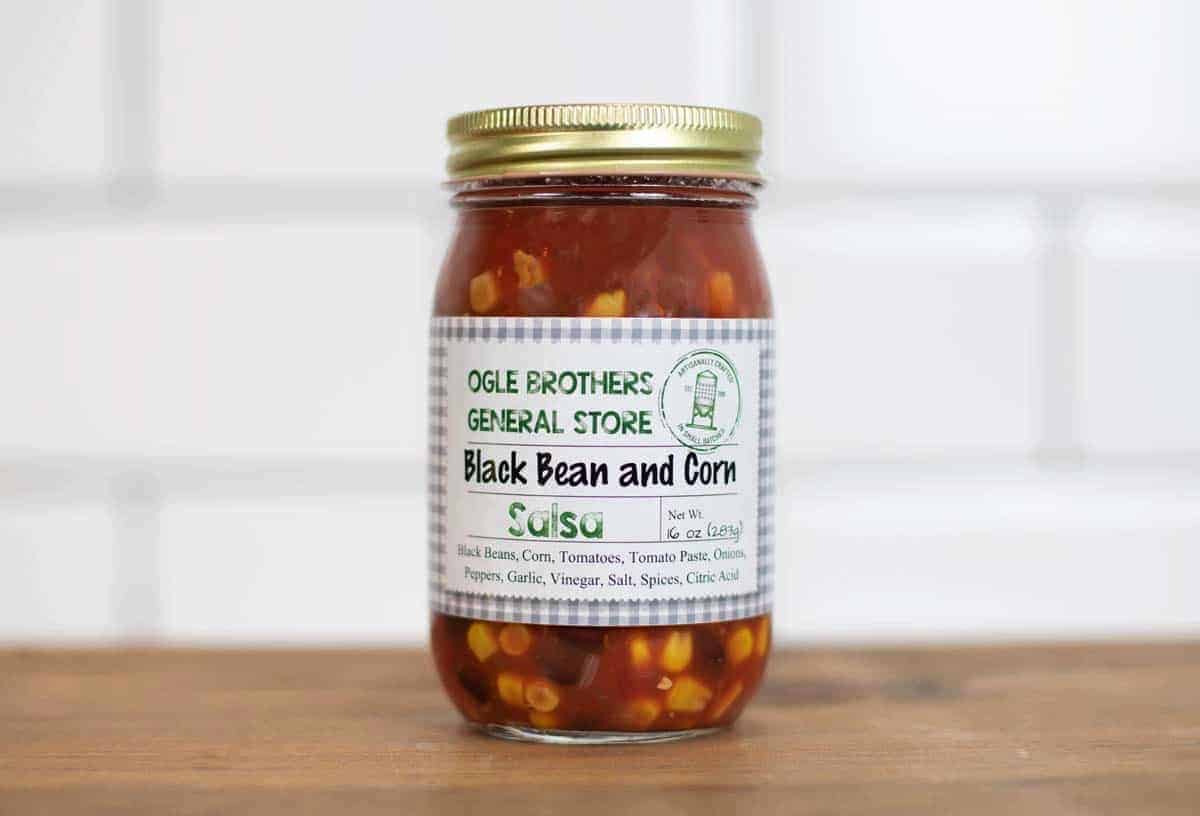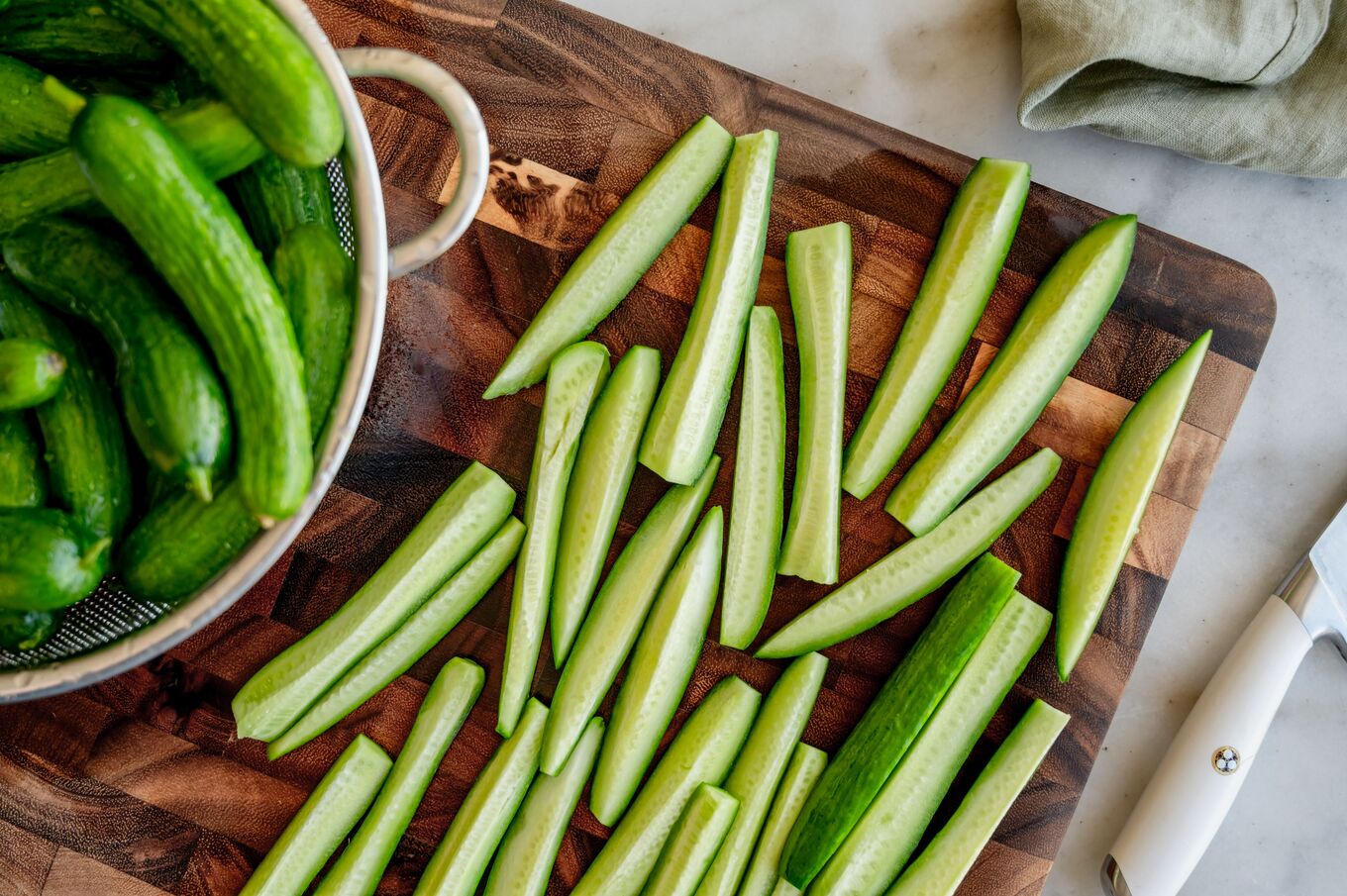Preserving Cabbage: A Guide to Pickling Whole Cabbage Heads
Preserving whole cabbage heads through pickling is a fantastic way to enjoy the crisp, tangy flavor of cabbage all year round. Whether you’re a fan of sauerkraut or simply enjoy the unique taste of pickled vegetables, learning how to pickle a whole cabbage head is a valuable skill that will allow you to savor the goodness of cabbage for months to come.
Choosing the Right Cabbage
When it comes to pickling whole cabbage heads, it’s crucial to select the right cabbage. Look for a firm, compact head of cabbage that feels heavy for its size. The outer leaves should be free from blemishes, and the cabbage itself should have a fresh, crisp texture. Green cabbage is the most commonly used variety for pickling, but you can also experiment with red cabbage for a colorful twist.
Gathering Your Supplies
Before you begin the pickling process, make sure you have all the necessary supplies on hand. Here’s what you’ll need:
- A large, clean glass or ceramic jar with a tight-fitting lid
- Whole cabbage head(s)
- Pickling salt
- Vinegar (white or apple cider vinegar work well)
- Spices and flavorings of your choice (such as garlic, dill, or peppercorns)
- Filtered water
The Pickling Process
Now that you have everything you need, it’s time to start pickling your whole cabbage head. Follow these simple steps:
- Remove any loose or damaged outer leaves from the cabbage head, but leave the majority of the outer leaves intact to protect the cabbage during the pickling process.
- Wash the cabbage head thoroughly under cold running water to remove any dirt or debris.
- Using a sharp knife, carefully cut out the core of the cabbage to create a cavity for the brine to penetrate.
- In a large bowl, mix a brine solution using pickling salt and filtered water. The ratio of salt to water will depend on your personal preference and the size of your cabbage head. A good starting point is 3 tablespoons of salt per quart of water.
- Place the cabbage head in the jar and pour the brine over it, ensuring that the cabbage is fully submerged. You may need to weigh it down with a clean, food-safe object to keep it submerged.
- Add your chosen spices and flavorings to the jar. This is where you can get creative and tailor the flavor of your pickled cabbage to your liking.
- Seal the jar tightly with the lid and store it in a cool, dark place for several weeks to allow the cabbage to ferment and develop its unique flavor.
Enjoying Your Pickled Cabbage
After a few weeks of fermentation, your pickled cabbage will be ready to enjoy. You can serve it as a tangy side dish, add it to sandwiches and salads, or simply savor it straight from the jar. The pickled cabbage will continue to develop flavor over time, so feel free to experiment with different aging periods to find your perfect level of tanginess.
Pickling whole cabbage heads is a wonderful way to extend the life of this nutritious vegetable and add a zesty kick to your meals. With a bit of patience and creativity, you can create your own delicious pickled cabbage that will be a hit at any table.
Was this page helpful?
Read Next: How To Pickle Plums Japanese
